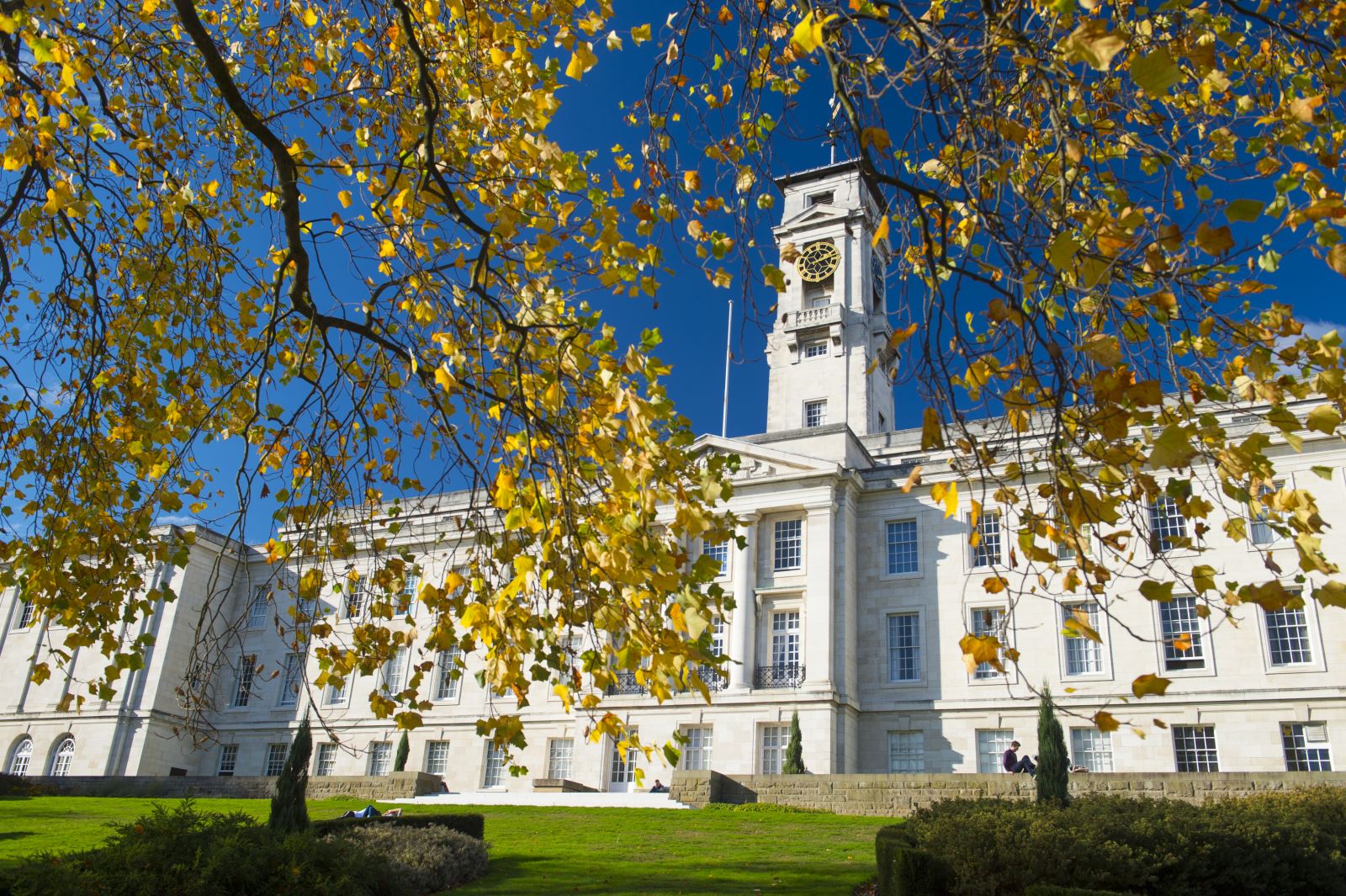Image credit: University of Nottingham
“New year, new me” is a cliche for a reason. Welcome to the first part of my weekly travel blog, where I’ll be posting regular updates on my exchange experience as an Australian student moving to the UK. Stay tuned to read more about travel expenses, student life, campus accommodation, visas and passports, travelling Europe and more.
Getting ready for exchange wasn’t easy. There’s lots to think about – visa, passport, money, accommodation etcetera – and I really don’t know how I would’ve done it all by myself because, really, UOW does most of it for you.
Applying for exchange was my first step. I was fiddling around on the UOW website while studying in the library – you know, procrastinating and what not – and I came upon the exchange application. After considering so many other options in Asia, Canada and around Europe, I settled on my top three favourites in England and started the application. Two hours later, I had written my 500 word explanation and thought out a financial and study plan and my application was done.
This done, I felt a surreal type of satisfaction. Even though I wasn’t a citizen of Australia when I applied for exchange (and therefore no lucky HECS-HELP loan), didn’t have an Australian passport and had completely different plans for this year, I felt like even just applying for exchange was an accomplishment.
Please note, however, dear reader, that applications for exchange close months before it starts. I could guess I applied for my exchange around July/August and have just started now in January. If you are considering exchange make sure to plan it out ahead of time because everything, from visa to passport to the application, will need a bit of time to check off that mental check-list.
The next step towards my exchange was hearing back from UOW and having a very informal interview with a Global Mobility Team Member to go through my application and send it on to my preferred host university. Of course, this will incur a fee (I believe it was around $150) for UOW to refer you to the host university. Then, it’s a long wait to hear back from the host university to be accepted or denied.
There were also 2 mandatory meetings at UOW for pre-departure information. What I gathered from these meetings is that not many people are going on exchange. All of the exchange students for this year were occupying only one small lecture hall in building 20. For this reason, I don’t think anyone got denied exchange, so there’s a good chance that if you apply you’ll get accepted. The only requirement for me was not to fail any classes that semester. Stick to good grades and you’re good.
After hearing back from the host university, things get a bit confusing. You’re now not only talking to UOW about everything exchange-wise, but your host university wants to know too. Then there’s the whole signing up to your host university’s everything – email, “Sols” and don’t get me started on classes. That’s the worst part.
Readers, don’t be like me and leave it to the last minute…
So, in order to complete your exchange you have to complete a Credit For Prior Learning form in your application and have your subjects approved from both Universities – just to make life more fun. One more thing: readers, make sure to check what season your subjects at the host university are getting taught in (England and Australia have opposite seasons). Don’t be like me and accidentally put the wrong subjects in.
Once submitted a Credit For Prior Learning application, it will be assigned to your Head of Students which will then assign each subject to a teacher that will need to review it and either approve or reject. Now, if it comes to the point where your subjects haven’t been looked at, just email the separate teachers – Student Mobility can’t help you and it’s just quicker for everyone.
After this, the easy part comes. All I had to do then was book my flight and make arrangements for accommodation with the university. I was in contact with my host university about the accommodation about a month before arriving and they reassured me that they always have plenty of space for exchange students and not to worry about it at all. Keep in mind, though, that this was my specific university and if you’re applying for accommodation make sure they have space ahead of time.
Also, reader, make sure to wait a bit to book your flight. Don’t be like me and book a $1000 flight and then check costs again a few weeks later to see the price had gone down to $600. Especially if you plan to leave in January, don’t forget about Black Friday sales – flight prices go down heaps and you can get really good deals.
Another thing to keep in mind is Centrelink. If you’re a full-time student and getting Youth Allowance, you can apply to get your Youth Allowance whilst you’re overseas. This was a very easy process where I just went into Centrelink with the UOW form that proved that I was going on exchange and they changed my details on the spot.
After all this – months and months of planning – the day finally came and off I went!
I hope you enjoyed reading about my exchange application process and if you did make sure to catch next week’s column where I’ll be talking about my travel journey and the do’s and don’ts of travelling.




